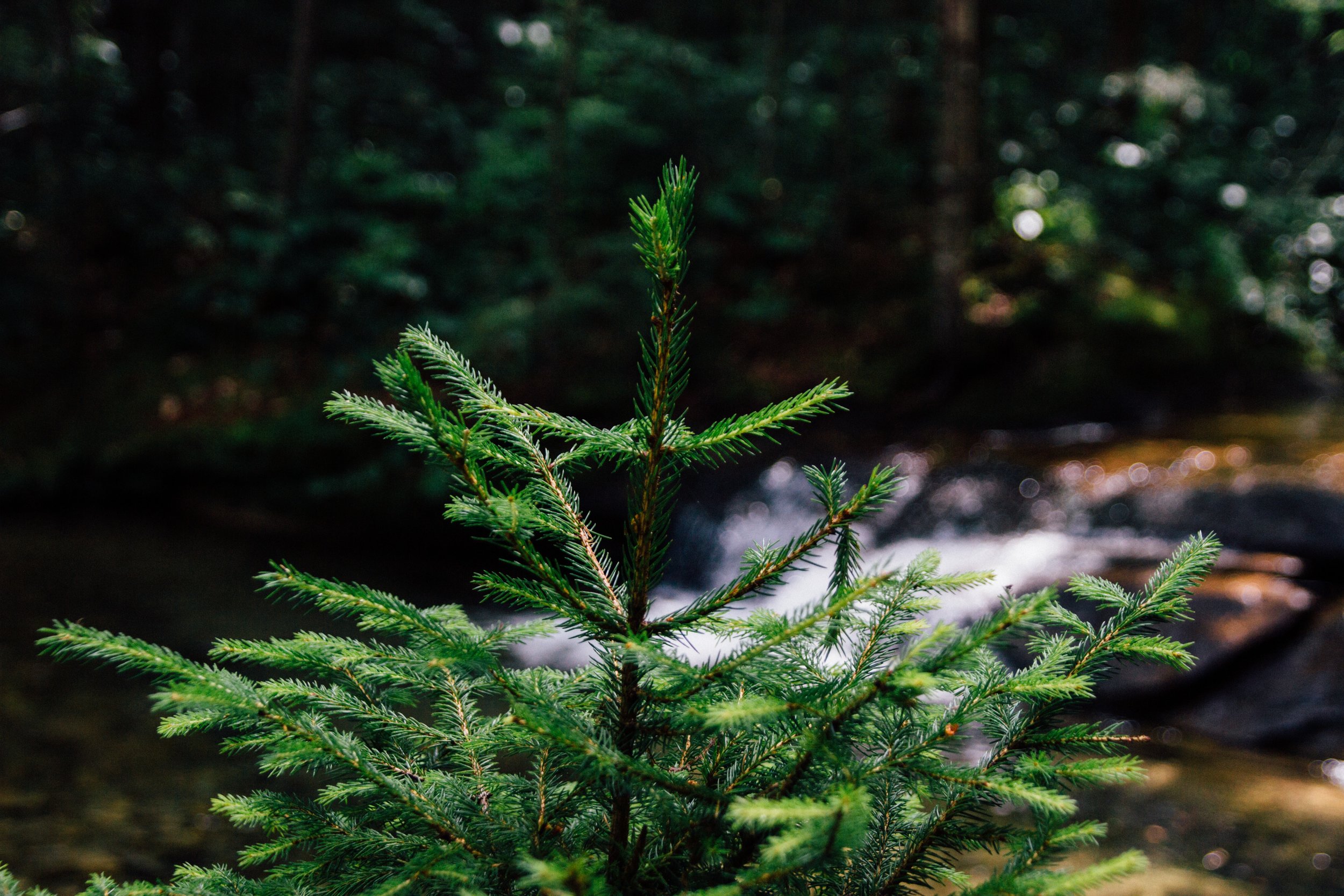Tree Care
PLANTING NEW TREES
The best time to plant trees and shrubs is during a dormant period. Schedule your new plantings before buds appear in early spring or after leaves drop in late autumn. Under cool conditions plants have a chance to establish roots before rain and warmer temperatures encourage top growth. Find out the characteristics of the species and choose a location with the size of the fully grown tree in mind. Consult an arborist beforehand for recommendations and post-planting care.
PRUNING TREES
While many people hire professionals to prune their trees, you will be able to do this yourself by utilizing just a few expert tips. Pruning is a great way to keep trees looking healthy and attractive. Removing dead or misshapen branches can improve the look of your tree, while removing damaged branches is a must for safety. First, you need to consider how you are going to prune your tree and what reasons you have for pruning. Remember to keep in mind that over-pruning for aesthetic purposes can be damaging to your tree. If you cut sparingly and follow the below advice from the Forest Service, you can become a master pruner with a little work. The cuts you make and the branches you make them on are one of the most important parts of pruning. When cutting living branches it is important to make the cut far enough away from the tree so neither the branch collar nor the trunk of the tree are damaged by the cut.
PROPERTY VALUE
Tree care protects home value and maximizes the return on investment. A study ranked the 100 to 200 percent recovery value of landscaping first among home improvements, according to Money magazine. Consistent maintenance and regular inspections that address tree health, safety and curb appeal may also increase property value. Clemson University research found that homes with "excellent" landscapes can expect a 6 to 7 percent higher sale price. Preventative tree care is also less costly than remedial treatments for fully developed problems.
Tree fertilizing
Trees, like people, require essential nutrients to survive and function. In suburban landscapes, soil conditions vary greatly and are often compromised by inadequate nutrient supplies, compaction and insufficient room for roots. An arborist or local facility can test your soil for nutrient content to help determine the ideal quantity, type and location of a fertilizer. Fertilizing helps replenish nutrients that help trees and shrubs sustain good health throughout the year.
watering trees
During the first few growing seasons, your newly planted tree is expending a lot of energy trying to establish its roots in the soil. Especially during the first few summers of your new tree's life, it will have a difficult time dealing with heat and drought. You can make this easier by providing water and covering the soil with wood-chip mulch. Deep watering can help speed the root establishment; this consists of keeping the soil moist to a depth that includes all roots.
Lawn Care
LAWN AERATION
Another essential lawn tip is to make sure that your soil is not too compact. Over time, soil becomes compact and hard beneath the grass, which causes problems such as reduced moisture penetration and restricted grass root growth.
LAWN FERTILIZING
Fertilizer can help your lawn grow. While you can grow a healthy and attractive lawn without fertilizers, many people find them helpful. However, avoid using too much fertilizer, which can kill your lawn and harm the environment as the excess fertilizer is washed away.
LAWN OVERSEEDING
To prevent weeds and avoid the use of herbicides, you can use the organic lawn practice of overseeding. Overseeding helps crowd out weeds and creates a thick, lush lawn. First, rake or aerate to expose soil. Then spread about one-and-a-half times more than the recommended amount of grass seed.
MOWING LAWN
Mow the grass regularly. Depending on where you live, and how fast your grass grows, mow once every week or once every two weeks. Adjust the lawn mower blade so that it does not cut off more than one third of the height of the grass. The surface area of each blade of grass is important in sustaining the health of the lawn. Cutting the grass too short creates an environment conducive to disease.
watering primer
Watering your lawn is something that, if not done properly, can do more damage than good. There are three basic concepts that you need to understand in order to irrigate properly. First is timing. If you water your lawn on a regular basis, be prepared to mow just as robotically and scout for pests that much more frequently. Watering when your grass needs it encourages drought resistance. Second is the depth of moisture penetration. You need to moisten (not drench!) the soil to the bottom of the root zone, which is between four and six inches, depending on grass type. In typical soils, one inch of water applied to the lawn will result in moistening the soil down four to five inches. Heavier soils will require more water coupled with time without water to allow percolation. While sandier soils will require less water, it will need it more frequently.


